The Indian government has devised several subsidies for the solar sector, in order to speed up the delivery of solar into India’s energy mix.
One of the beneficiaries has been solar pumps, where central financial assistance for this sector varies according to both the size of a system and an individual state’s solar policy.
However, the Council on Energy, Environment, and Water (CEEW) says that a subsidy-led approach may not be sufficient to achieve the government targets of one million solar pumps by 2021.
The government must target marginal farmers, who don’t have electric pumps, with smaller solar pumps, sub-HP to 3HP, according to independent research released by CEEW. Such farmers would find solar pumps attractive at even a 30% subsidy, provided affordable financing is available. A 30% capital subsidy on one million solar pumps would entail an outlay of nearly INR 135 billion ($2.11 billion), twice the MNRE annual budget.
Irrigation
Amitabh Kant, CEO of NITI Aayog, released three CEEW studies related to solar for irrigation in India. The studies have highlighted the present setbacks in the solar pump market and probable solutions. It mentioned that lack of reliable irrigation access is a key obstacle for Indian farmers. Despite the existing 19 million electrical pumps and around nine million diesel pumps, 53% of India’s net sown area remains unirrigated.
CEEW research, based on a primary survey of 1,600 farmers across 10 districts in Uttar Pradesh, found that even those farmers using pumps are dissatisfied, due to an unreliable power supply, depleting water tables, and high diesel expenditure. Forty percent of these farmers, especially diesel pump owners, were found to be willing to switch to solar pumps to take advantage of benefits such as zero operational costs, ease of use throughout the day, and cost savings on diesel.
In India, 142,000 solar pumps have been deployed to date. While, more than 50% of the installations comes from the four states of Andhra Pradesh, Chhattisgarh, Uttar Pradesh and Rajasthan.
Abhishek Jain, Senior Programme Lead, CEEW, said, “To scale-up solar pumps, the government must adopt context-specific deployment strategies, improve targeting of its subsidies, adopt a customer-centric approach, work with enterprises to bring down costs of the pumps, and focus on improving awareness about the technology.”
He added, “In Uttar Pradesh, we found that only 27% farmers had heard of solar pumps, less than 15% had seen a solar pump in reality or on television, and only 2% had heard of government schemes related to solar pumps. Deploying five solar pumps in each block of the country, prioritizing areas with good groundwater situation, would have a significant demonstration effect on farmers to generate bottom-up demand for the technology,” he added.
Financing to scale-up solar pumps
In other research, CEEW has also found that limited awareness among financiers, particularly field-level staff, about the economic benefits of solar pumps and their long-term viability hinders access to credit for farmers. The government and the industry must make efforts to build confidence through field visits, periodic monitoring of past solar pump installations, sharing farmers’ experiences, and enforcing service warranties, it said.
Furthermore, banks must work with enterprises and government to design financial products suitable for farmers to adopt solar pumps. Bank officials should also simplify and standardize processes, and provide pro-active customer support during loan-application, documentation, and credit-disbursal processes.
The CEEW has recommended promoting solar pumps through interest rate subvention, rather than only capital subsidy. This approach would support the government’s ambition of rapid pump deployment, but would depend on financier willingness to provide long-term loans.
Additionally, CEEW has found that connecting solar pumps to the electric grid is costly for the government and benefits farmers less than the subsidies given for the purchase of solar pumps. The government would incur approximately equal expenditure in the two scenarios. However, despite revenues from feed-in tariffs, the farmer’s cost under the capital subsidy scenario is 53% less than that in the grid-connected case.
Innovative deployment strategies
In a separate study of proposed solutions for solar in irrigation, CEEW highlighted various creative plans. Innovative deployment strategies, catering to local conditions are essential for the rapid and sustainable deployment of solar pumps, especially among marginal and small farmers, it said. Water-as-a service by village-level entrepreneurs is a promising model for improving the utilization of solar pumps, while providing irrigation access to marginal farmers.
According to CEEW, more than three-fourths of farmers in Uttar Pradesh expressed willingness to buy water from solar pumps, if available at competitive prices. In areas with a dominance of diesel pumps for renting or selling water, the solar-based water-as-a-service model could have a payback of two to four years.
Nearly 40% of potential solar pumps adopters in Uttar Pradesh were also interested in a joint ownership model. Encouraging pump sharing could be an opportunity for the government to increase the use of solar pumps, as well as the impact of government support, while creating a market-based solution to ensure efficient and judicious use of the groundwater.
This content is protected by copyright and may not be reused. If you want to cooperate with us and would like to reuse some of our content, please contact: editors@pv-magazine.com.
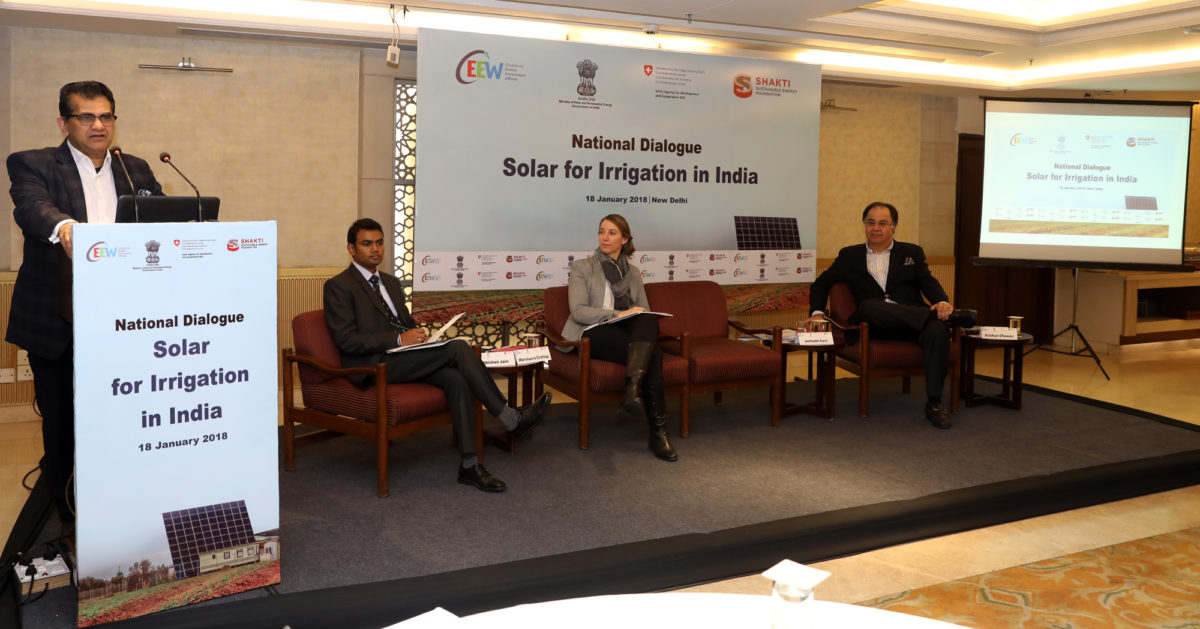
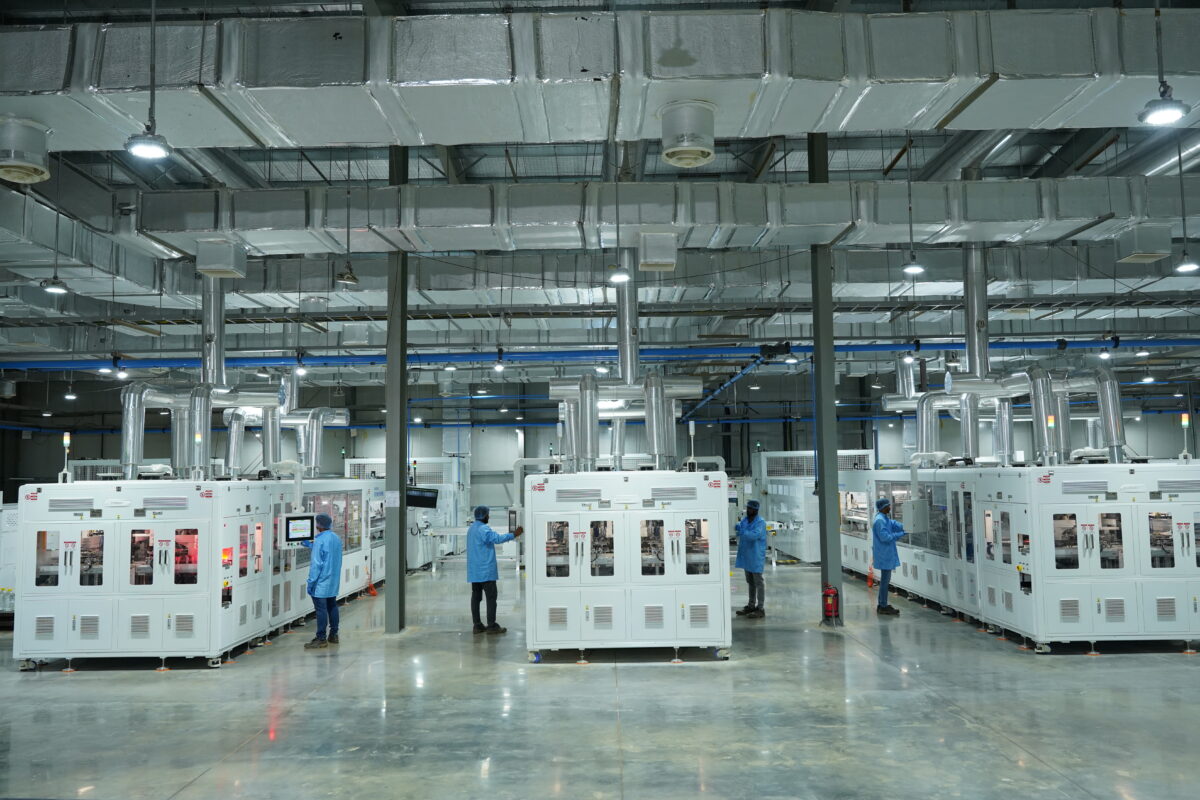



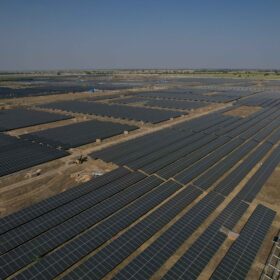
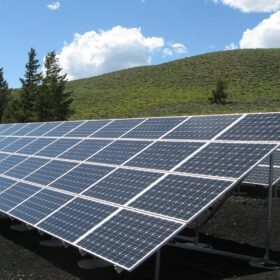
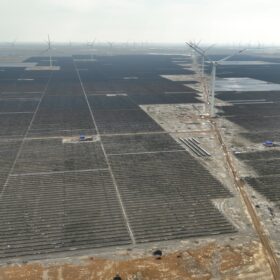
By submitting this form you agree to pv magazine using your data for the purposes of publishing your comment.
Your personal data will only be disclosed or otherwise transmitted to third parties for the purposes of spam filtering or if this is necessary for technical maintenance of the website. Any other transfer to third parties will not take place unless this is justified on the basis of applicable data protection regulations or if pv magazine is legally obliged to do so.
You may revoke this consent at any time with effect for the future, in which case your personal data will be deleted immediately. Otherwise, your data will be deleted if pv magazine has processed your request or the purpose of data storage is fulfilled.
Further information on data privacy can be found in our Data Protection Policy.